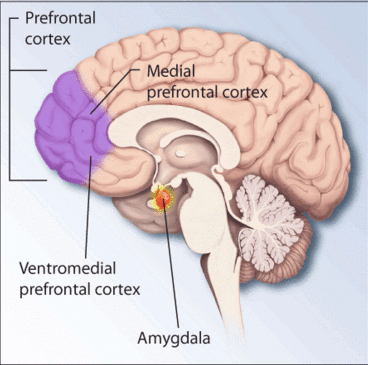
Female veterans with posttraumatic stress disorder (PTSD) have more heart disease risk factors, including obesity, at younger ages than female veterans without PTSD, according to preliminary research to be presented at the American Heart Association’s Scientific Sessions 2019—November 16-18 in Philadelphia.
PTSD has previously been linked to heart disease, however, most of that research was conducted on male veterans.
“Since PTSD and heart disease can present differently in men and women, we wanted to assess the prevalence of heart disease risk factors in female veterans to better understand any correlation of PTSD to heart disease unique to this population,” said study author Ramin Ebrahimi, M.D., a clinical professor of medicine at the University of California Los Angeles and a staff cardiologist at the Greater Los Angeles Veterans Administration. “We looked at the national Veterans Administration electronic database and found that female veterans with PTSD had higher rates of diabetes, high cholesterol, high blood pressure, tobacco smoking and obesity compared to women veterans who did not have PTSD.”
The study included more than 835,000 female veterans. The average age of those with PTSD was about 47 years, compared to age 52 for those without PTSD.
Researchers also found that, when compared to female veterans without PTSD, those female veterans with PTSD were:
- 60% more likely to have high cholesterol;
- 52% more likely to have high blood pressure;
- 81% more likely to have Type 2 diabetes;
- 104% more likely to use tobacco; and
- 85% more likely to be obese.
“Having higher rates of heart disease risk factors could put female veterans with PTSD at increased risk for developing heart disease. Healthcare providers may need to watch these women more closely at a younger age and treat them more aggressively than those without PTSD to decrease their risk of heart disease,” Ebrahimi said.
What is still not clear is if PTSD by itself increases risk of heart disease or if risk of heart disease is higher in patients with PTSD because they have more risk factors.
Source: Read Full Article
